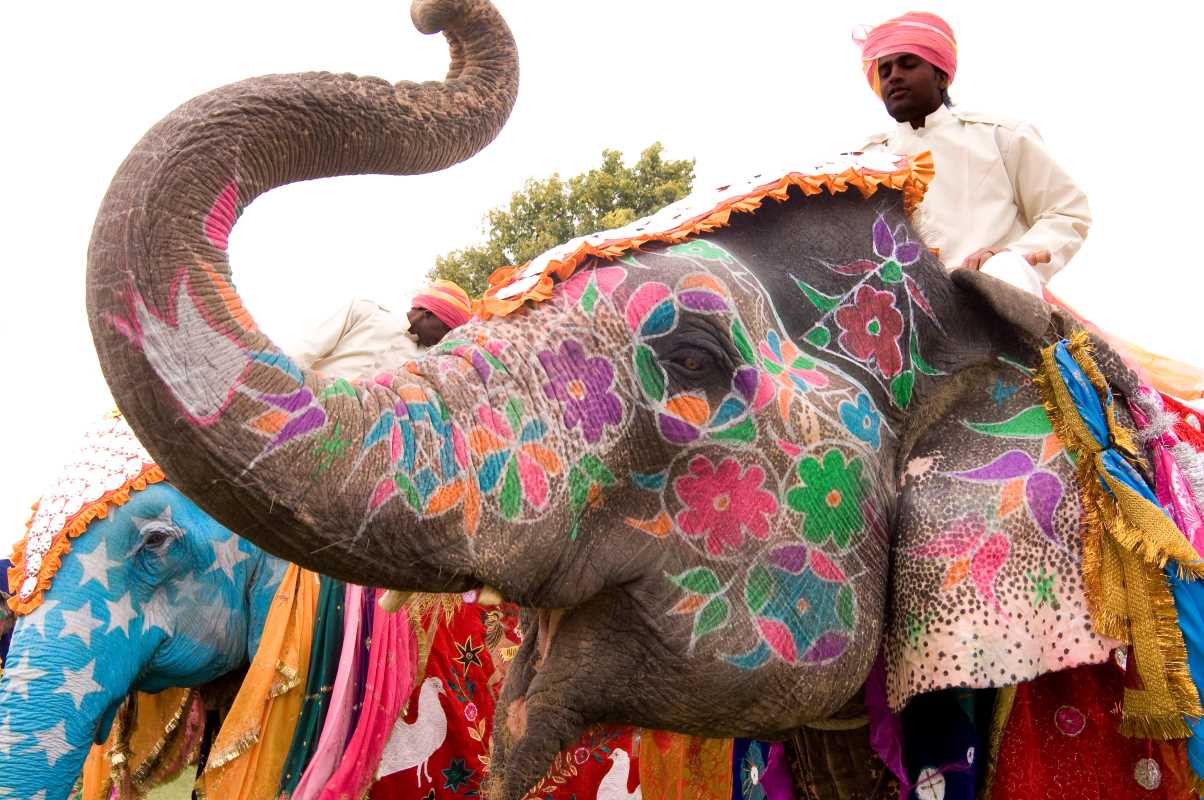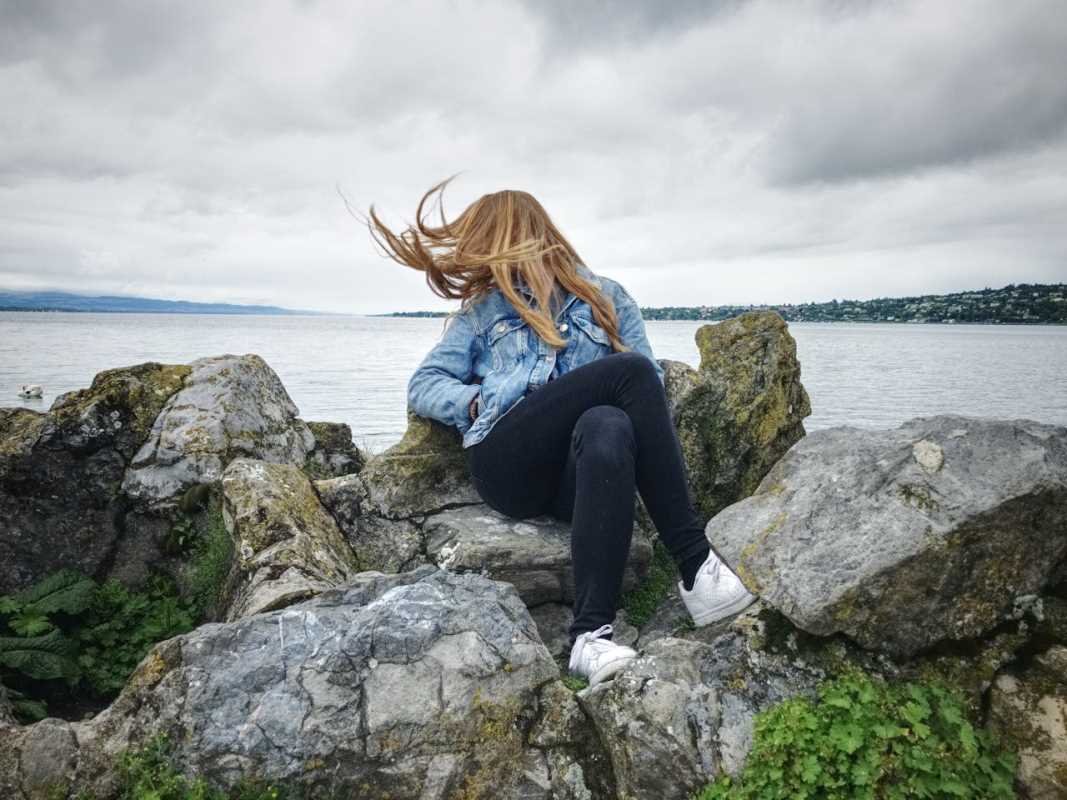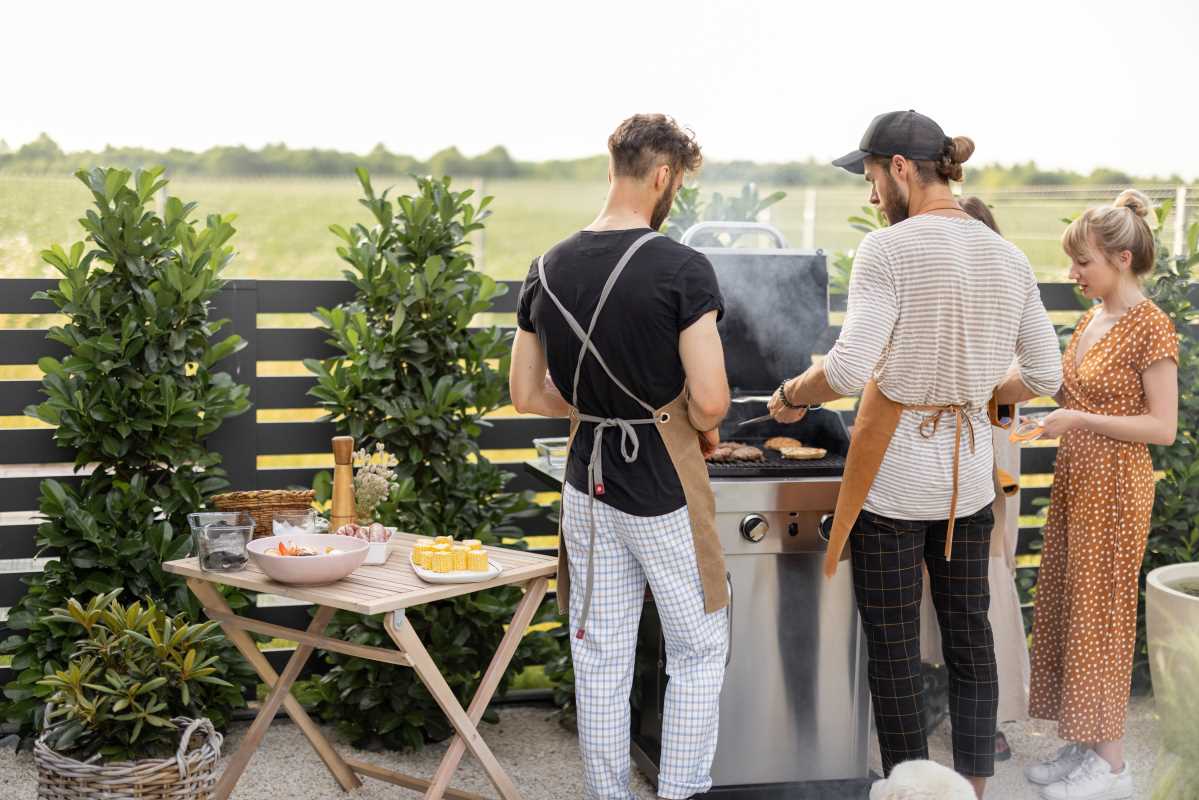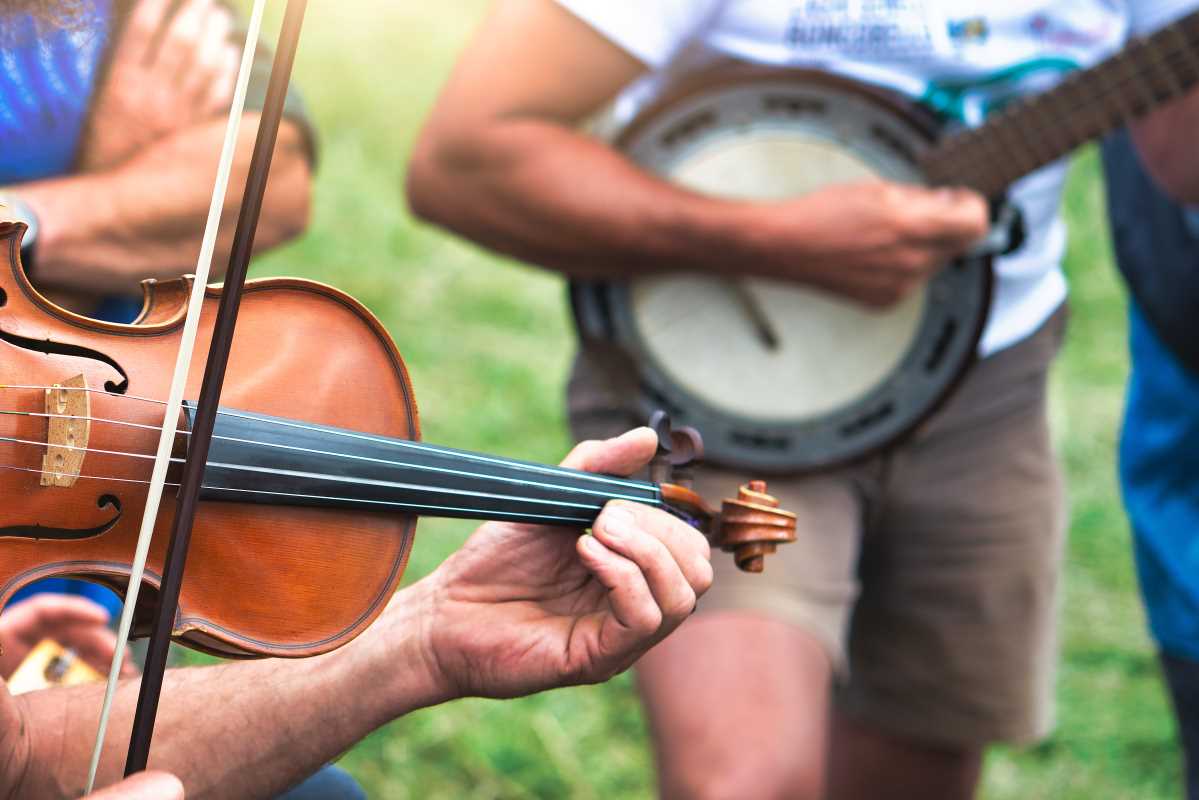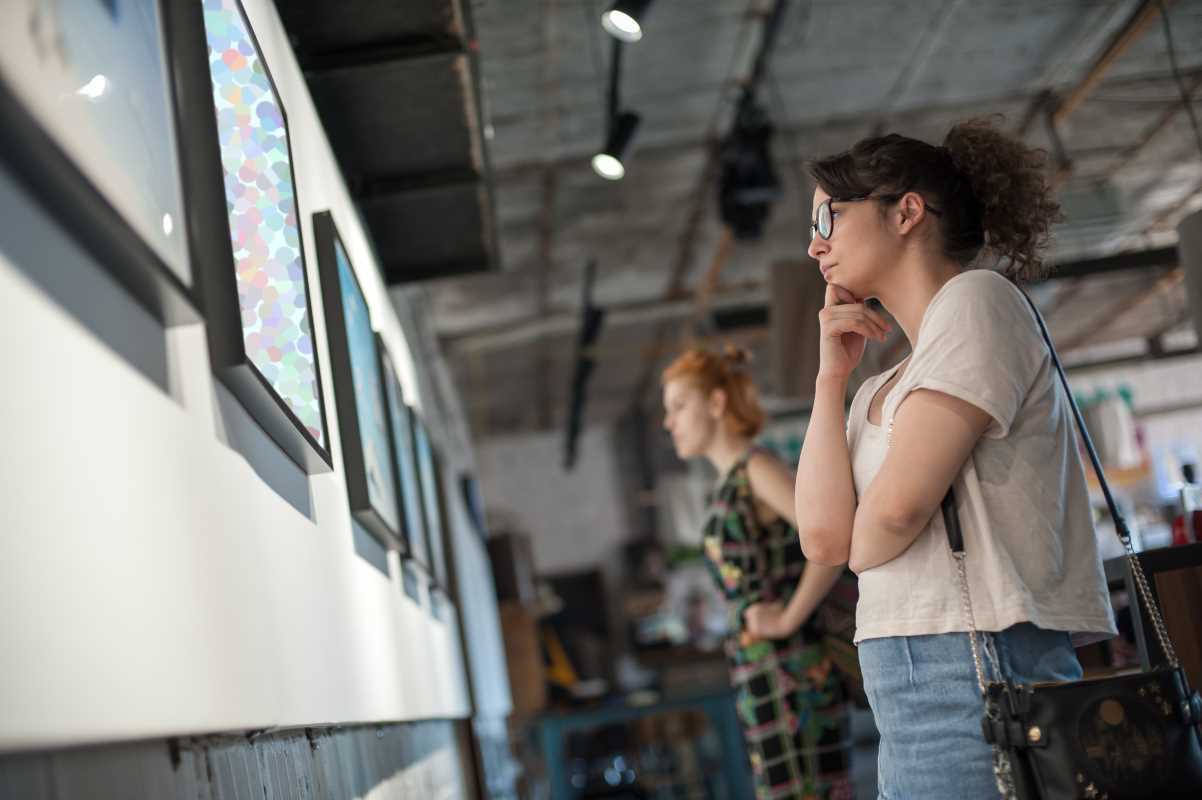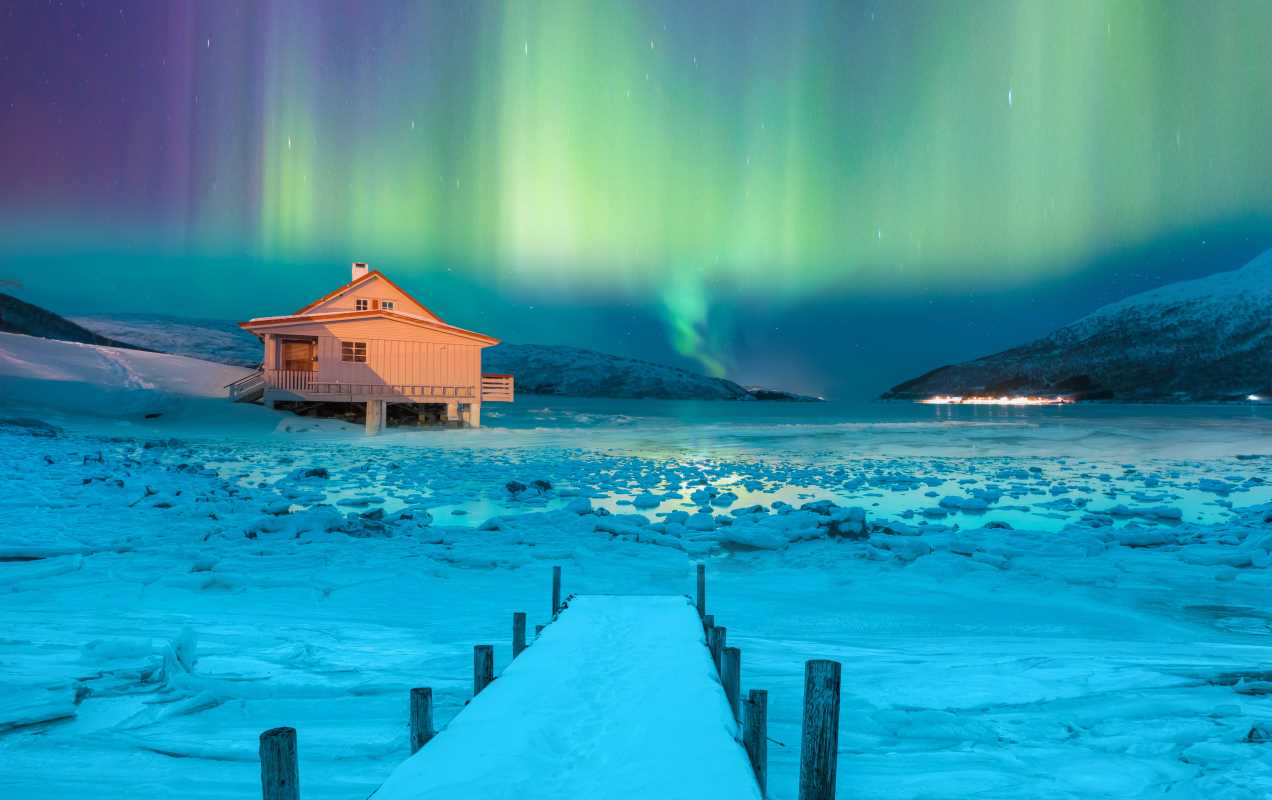Cultural fusion festivals are vibrant gatherings reshaping our understanding of global identity. These events bring together art, music, food, and traditions from different cultures into a single, shared experience. They create a space where people can celebrate both their unique heritage and their common humanity. This unique blend moves beyond simple multicultural showcases. It encourages a new, hybrid identity to form, one that is both local and global. This article will explore how these festivals work, highlight specific examples transforming communities, and examine their powerful role in fostering understanding and unity in an increasingly connected world. We will see how these celebrations help build a more inclusive global community.
Understanding Cultural Fusion Festivals
A cultural fusion festival is more than just a collection of different cultural performances. It is an intentional blending of traditions to create something entirely new. Imagine a music festival where a traditional African drumming circle collaborates with a classical European orchestra, or a food fair where a chef combines Latin American spices with Asian cooking techniques. This is the essence of cultural fusion. These festivals act as living laboratories for cultural experimentation.
The core idea is to break down the walls that often separate different cultural groups. Instead of presenting cultures side-by-side in isolation, fusion festivals encourage active collaboration and mixing. This process fosters a dynamic environment where attendees and participants alike can see the world through a new lens. They learn to appreciate not just the differences between cultures but also the surprising and beautiful ways they can connect. This active participation is key to how these events reshape identity on a personal and community level.
The impact extends beyond the festival grounds. These events spark conversations and build relationships that last long after the final performance. They encourage a sense of shared identity that is fluid and inclusive. Participants often leave with a broadened perspective, feeling more connected to the global community while also having a renewed appreciation for their own cultural roots.
How Festivals Foster a New Global Identity
Cultural fusion festivals play a crucial role in shaping a more integrated global identity. They achieve this by creating spaces for shared experiences, promoting cross-cultural dialogue, and challenging traditional notions of cultural purity.
Creating Shared Experiences
One of the most powerful aspects of these festivals is their ability to generate collective memories and shared experiences. People from all walks of life come together to enjoy the same music, taste the same foods, and witness the same artistic collaborations. This shared participation builds powerful bonds. It helps attendees see beyond cultural labels and connect on a human level. A shared experience of joy, wonder, or discovery can unite people more effectively than any lecture or textbook. This unity forms the bedrock of a new, more inclusive global identity.
Promoting Cross-Cultural Dialogue
These festivals are natural platforms for dialogue. Artists from different backgrounds must communicate and cooperate to create new, hybrid works. This collaboration requires mutual respect, curiosity, and a willingness to learn from one another. This dialogue is not limited to the performers. Attendees are also encouraged to interact, ask questions, and share their own stories. This exchange of ideas helps break down stereotypes and misconceptions. It builds bridges of understanding that are essential for a harmonious global society. The festival becomes a safe space to explore cultural differences in a positive and constructive way.
Challenging Cultural Boundaries
Fusion festivals directly challenge the idea that cultures are static or isolated. They demonstrate that culture is constantly evolving, borrowing, and blending. This perspective helps people move away from rigid, "us versus them" mentalities. It promotes a more fluid and dynamic understanding of identity. Seeing a familiar tradition presented in a new, fused context can be a powerful awakening. It shows that our own culture is part of a larger, interconnected human story. This realization is a cornerstone of a modern global identity, one that embraces complexity and hybridity.
Examples of Impactful Fusion Festivals
Around the world, numerous festivals are putting these ideas into practice, creating real and lasting change in their communities and beyond.
WOMAD (World of Music, Arts and Dance)
WOMAD is one of the most famous examples of a cultural fusion festival. Held in various countries, it brings together artists from every corner of the globe. The festival is renowned for its unexpected musical collaborations, where musicians who have never met before create unique performances on stage. WOMAD doesn't just present different types of world music; it actively encourages the creation of new music that transcends geographical and cultural borders. This has a profound effect on both artists and audiences, showing that music is a universal language that can unite us all.
The International Festival of Arts & Ideas (New Haven, USA)
This festival in Connecticut is a prime example of how fusion can be integrated into a community. It combines performing arts, lectures, and conversations that explore major global themes. A typical day might feature a theater performance from South Africa, a discussion on climate change with international scientists, and a concert by a band that blends jazz with traditional Middle Eastern music. By weaving together arts and intellectual discourse, the festival encourages its audience to think critically about their place in the world and to see the connections between different fields of human endeavor.
Diwali in Trafalgar Square (London, UK)
While rooted in a specific religious and cultural tradition, London's Diwali celebration has evolved into a major fusion event. It brings together Hindus, Sikhs, Jains, and people from all backgrounds to celebrate the festival of lights. The event features traditional music and dance alongside contemporary British Asian artists. It showcases how a cultural tradition can adapt and thrive in a new context, becoming a point of pride and connection for a diverse urban population. It symbolizes a modern British identity that is multicultural and inclusive, reshaping how a global city sees itself.
